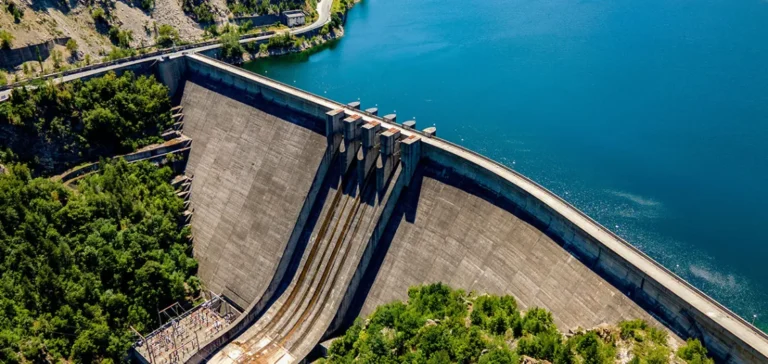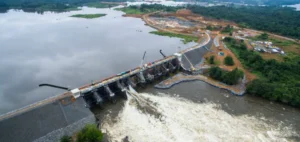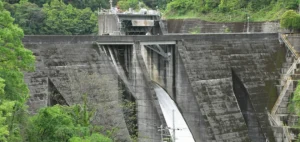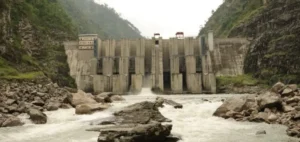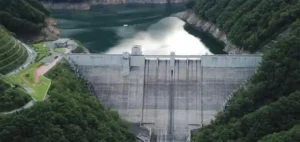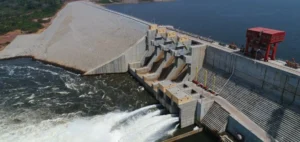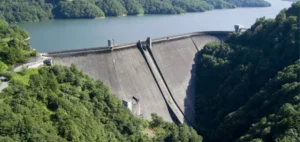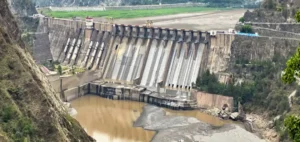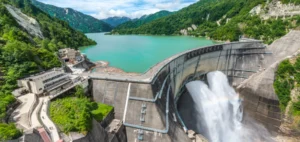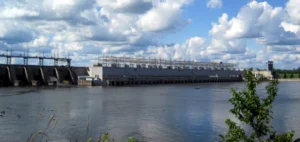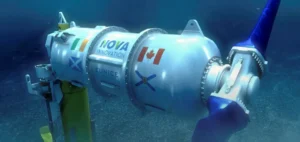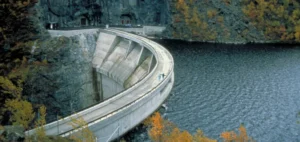The American company Agilitas Energy, specialised in developing and operating renewable energy and storage systems, has just acquired two hydroelectric projects from Advanced Hydro Solutions. These projects represent its first hydroelectric assets and have a combined capacity of 44 megawatts (MW).
Details of acquired projects
The first project acquired, named the Tygart Hydropower Project, is located in Grafton, West Virginia, and has a planned capacity of 30 MW. The second, the Jennings Randolph Hydropower Project, located in Garrett County, Maryland, has an expected capacity of 14 MW. Agilitas Energy expects both installations to be operational by the end of 2028.
These two projects will supply energy to the regional electricity grid operated by PJM Interconnection (Pennsylvania-New Jersey-Maryland Interconnection), a regional electricity transmission organisation covering 13 American states and the District of Columbia. At full capacity, the combined facilities could power approximately 15,000 homes each year.
Energy diversification strategy
According to Agilitas Energy, hydropower represents a particularly stable resource due to its low operational costs and its longevity, often exceeding 50 years. The addition of these hydroelectric assets thus enables the company to diversify its portfolio, which until now has been primarily focused on solar energy and energy storage projects.
This initiative also responds to the company’s aim to stabilise the electricity grid in the face of market volatility. Barrett Bilotta, Chief Executive Officer of Agilitas Energy, said these new projects would “effectively complement existing solar and storage installations while further stabilising electricity supply”.
Impact on local economies
In addition to the energy aspect, Agilitas Energy indicates these projects should also benefit local economies through job creation and infrastructure investments. This aims to foster access to affordable energy in rural as well as urban areas, thereby addressing the increasing demand for electricity in the regions served.
These developments occur within a national context where hydroelectric power remains a key component for ensuring energy security and addressing consumption peaks. The U.S. hydropower sector continues to attract significant investment, contributing to the renewal and expansion of production capacities.


